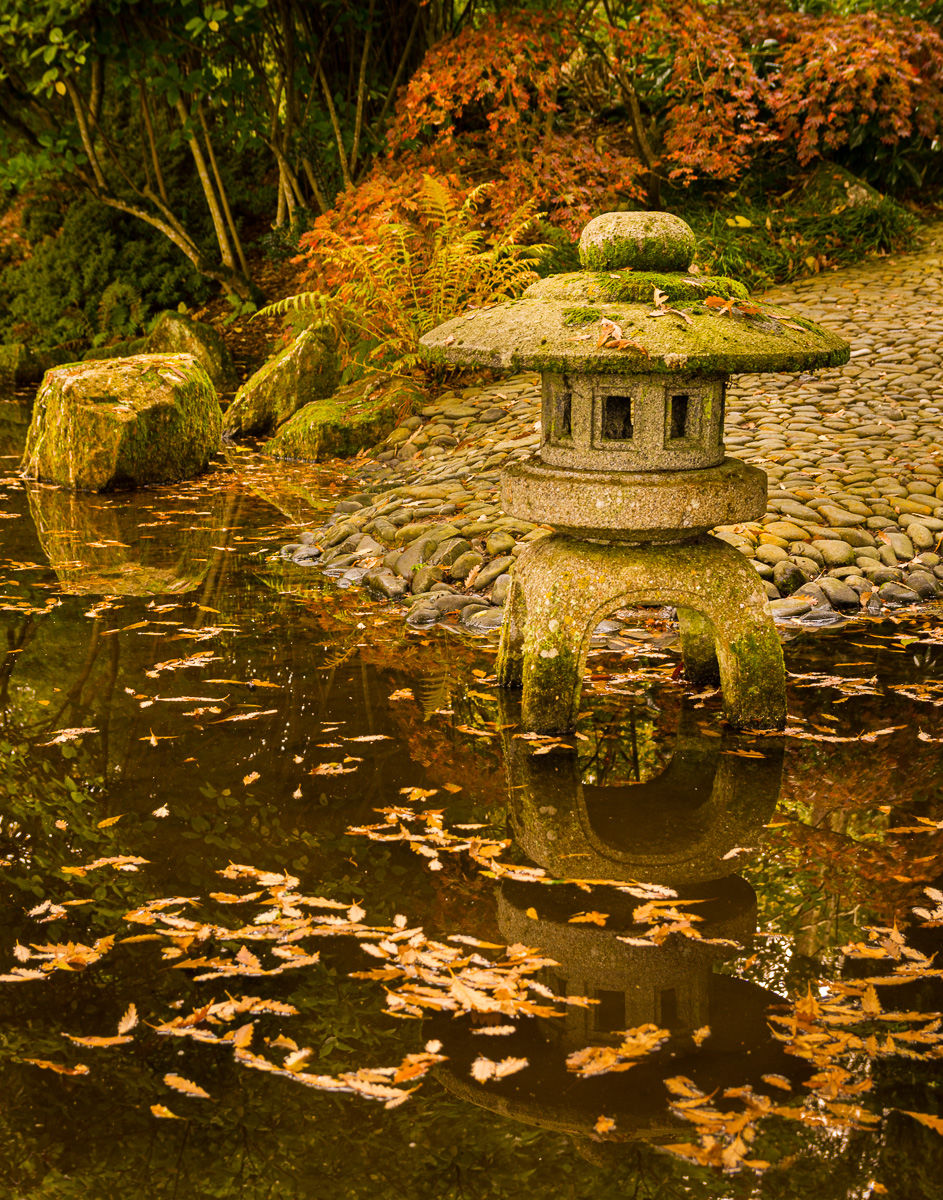I Don't Normally Take this sort of Photo?
- Andy Brown

- Apr 4, 2021
- 3 min read

But I couldn't resist could I? This male Pheasant was one of many on that Spring Day at Caerhays Castle and our Spaniel was eagerly tugging at her lead in the hope she could do what she was bred for and that is flush the bird out, so some tweed-Jacket wearing, shotgun-toting shooter could blast it out of the sky. Fortunately for the pheasant, it was not the season for it, but I am not sure it would have minded. Why? well Pheasants are often seen as stupid, just road-kill, but I think they know what they are in for and are suicidal. More like 'Come on get it over with' than 'Ugh What's going on?' Still they make a splendid, colourful subject for an image and even though they barely qualify as Wildlife, being generally farmed for the aforementioned shooters, they are an integral part of many a country scene. As you can probably tell, I am not in favour of 'Country Sports' that involve killing animals in the name of fun. Therein lies a huge debate of course and if you wish to make a comment on that, please do so below. Please though refrain from insults or impolite language if you do.

I was there for images like the one above. Caerhays Castle is a magnificent 18th-19th century mansion in a stunning landscape which includes 120acres of Wooded Gardens, a Deer Park, a Lake and it's own Beach on the south Coast of Cornwall. The gardens contain the National Magnolia collection and many Champion Trees. A Champion Tree is one that has either the largest Girth, Height or Age of it's species in the UK. Some of those at Caerhays are truly enormous. It is a thrilling site to see a 100ft (30m) tall Magnolia clothed in flowers that are each at least a foot (30cm) across. A National Collection has to have at least 75% of every species and variety in cultivation. For Magnolias, it is an enormous task, which is overseen by Caerhays head gardener Jamie Parsons, there being literally hundreds of Cultivars from the 40 or so base species. Follow this link to learn more about the wonderful world of Magnolias and their cultivation
The other reason I would not normally make images like the Pheasant is that it was taken in the middle of the day and in harsh sunshine. Pleasant as that is and most welcome in Cornwall, where more often than not, the weather is cool and wet, such conditions make flower images particularly challenging. The reason why is that flowers are essentially translucent and digital cameras do not have the same capacity as the human eye to resolve the difference between the brightest and darkest tones that occur when a beam of light strikes a flower and lights it up. The image above needed quite a bit of modification in software, before it started to look like the scene in real life. I can however reassure my wildlife photographer friends that no pixels were harmed in the making of the picture (phew!)

It is not just Magnolias that Caerhays is famous for. The Williams family whom the Castle belongs to, have been involved in the collection, breeding and distribution of Camellias since the mid-nineteenth century. There is even a species named after J.C Williams 'Camellia williamsii' which when crossed with other species has resulted in many wonderful hybrids and cultivars. Plant collection in the 19th Century, particularly in China was a hazardous affair with tales of derring do by people like George Forrest, often regarded as the Indiana Jones of the Plant Collection world undoubtedly being the subject of many after-dinner conversations in the great houses of Cornwall such as Caerhays and Heligan.

The other plants that Caerhays is noted for are the Rhododendrons and Azaleas. These flourish in the mild, moist conditions of Cornwall. They also co-habit well with the Magnolias and Camellias. Again breeding has diversified this group of plants and they now range in size from 30cm/ 12inches across to looming giants you can comfortably walk under. Some of the biggest in Cornwall such as those at Heligan, Caerhays and Trewithen date from the earliest collections from the wild and as such are a valuable genetic resource for conserving the species.




Comments